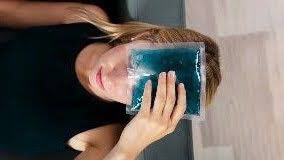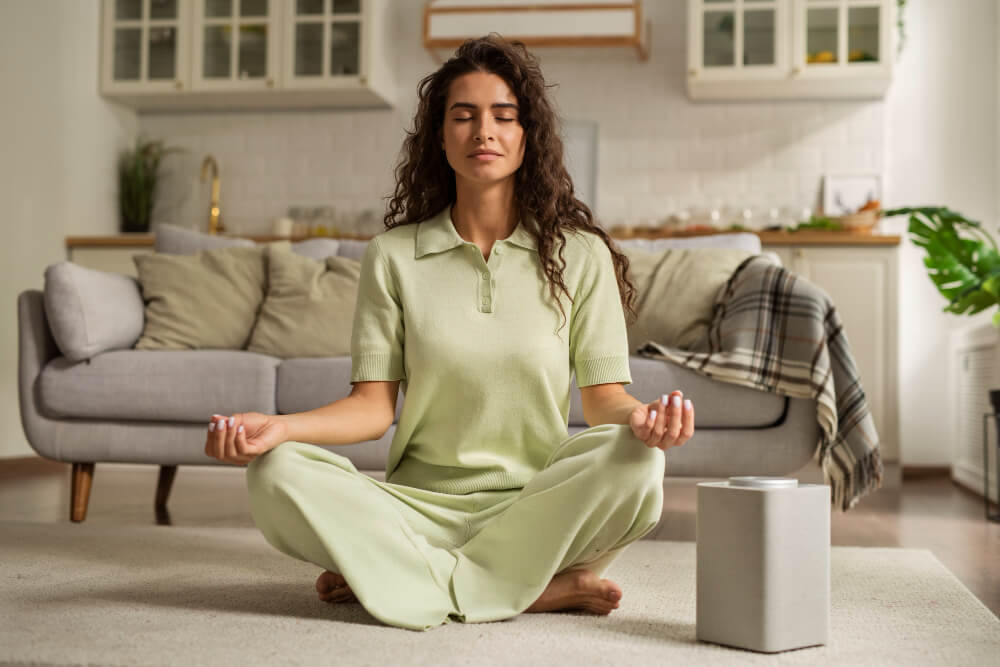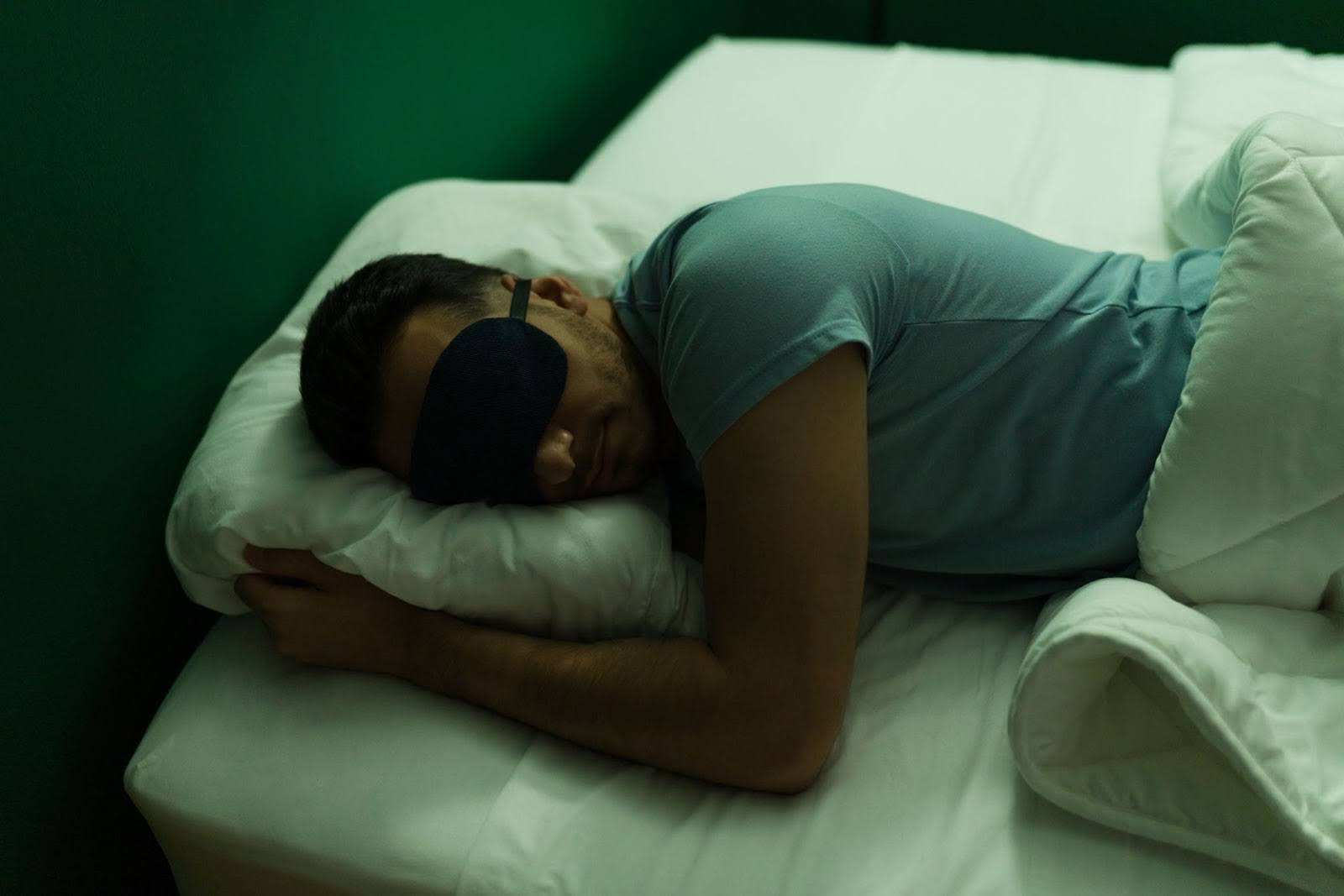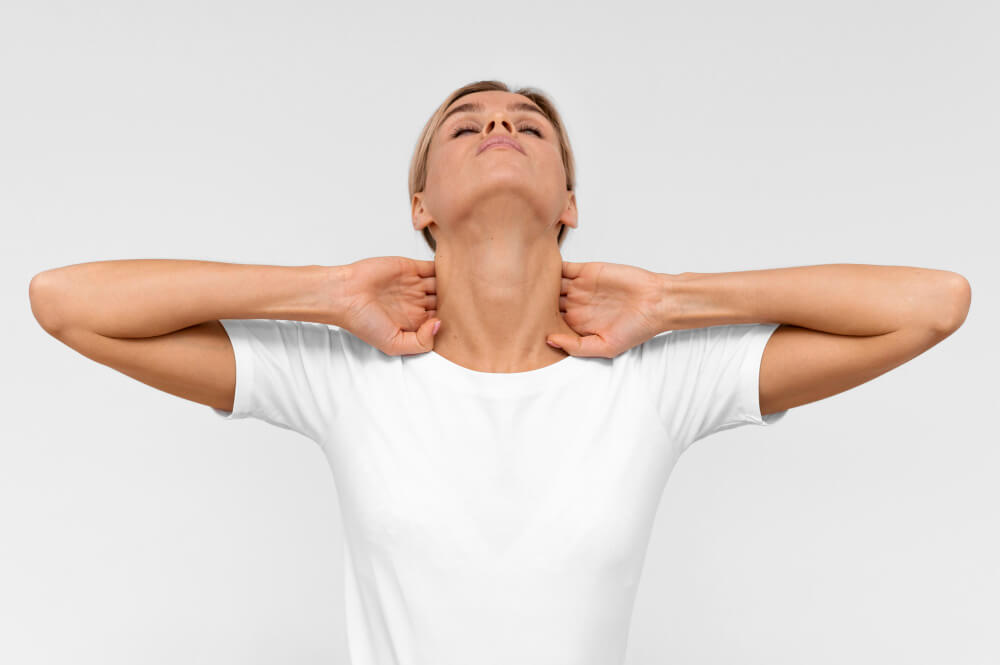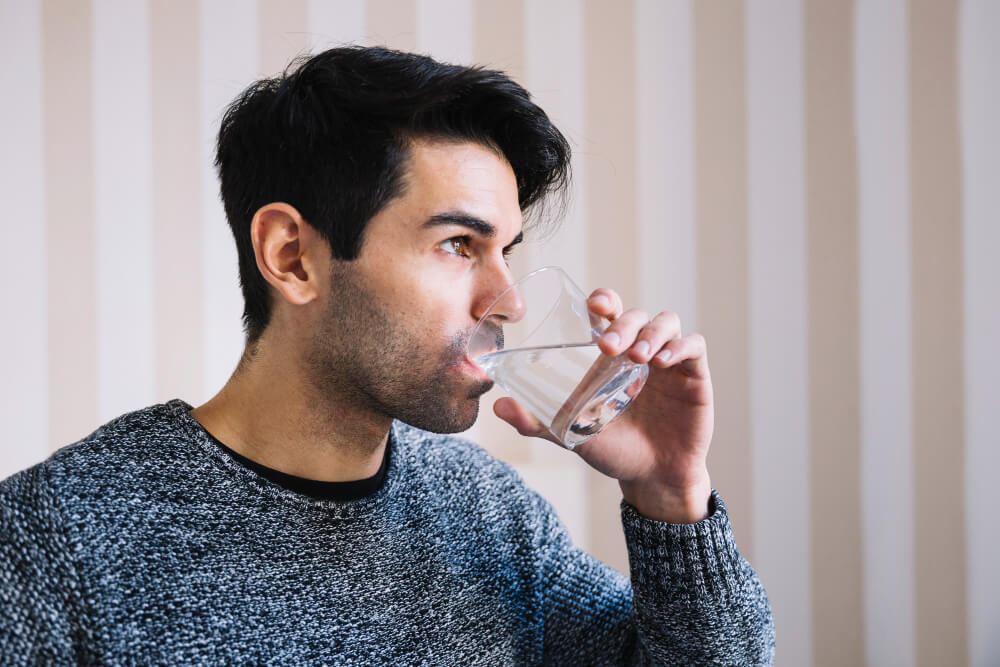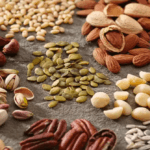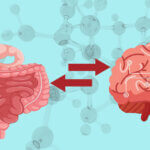Overview of Migraine Pain Relief
Migraines can be extremely painful, resulting in light and sound sensitivity, nausea, and excruciating agony. If you’re one of the millions who suffer from migraines, you know how crucial it is to find relief quickly. This blog shares practical, non-medication approaches for migraine relief. From using cold compresses and deep breathing to creating a calm environment, doing gentle neck stretches, and staying hydrated with moderate caffeine, these strategies offer a holistic way to quick migraine relief. Explore these natural methods to take charge of your migraine pain management and improve your overall well-being.
5 Tips for Instant Migraine Relief
Ease migraine pain quickly with these simple and instant migraine relief techniques. Use a cold compress for migraine relief on your forehead or neck for 15 minutes. Practice deep breathing by inhaling deeply through your nose, holding, and exhaling slowly. Find a dark, quiet room to reduce sensory stimulation. Gently stretch your neck and shoulders to release tension. Stay hydrated and consider a moderate amount of caffeine for relief. These easy steps can provide instant comfort, helping you manage migraines without relying on medication.
1. Applying Cold Compress for Migraine Pain Relief
To administer a cold compress, place an ice pack or cold cloth on the affected area for 15-20 minutes. Ensure a barrier like a thin cloth to prevent direct skin contact. This method aids in reducing swelling and alleviating pain. It is a simple yet effective way to address minor injuries or inflammation. If the discomfort persists or worsens, it is advisable to seek professional medical advice for a thorough evaluation and appropriate guidance tailored to the specific situation.
Explaining the Mechanism of Cold Compress for Instant Migraine Relief
A cold compress is one of the best strategies for instant migraine relief at home without medication and it helps relieve migraines by narrowing blood vessels and reducing blood flow to the head. Applying it to the forehead or neck numbs the area, providing a soothing effect and calming the nerves. The cold temperature also reduces inflammation, offering a simple and natural way to ease migraine symptoms without invasive measures.
How to Use Cold Compress Effectively for Migraine Pain
- Get an ice pack or wrap the ice in a thin cloth.
- Apply the cold compress to the sore or swollen area.
- Use a cloth to shield the skin from direct contact with the ice.
- Apply for 15-20 minutes at a time.
- Focus on areas that hurt or are swollen.
- Avoid using the cold compress for too long to prevent skin issues.
If the migraine pain continues, ask a healthcare professional for advice. Using a cold compress correctly can be a straightforward and helpful way to ease pain and reduce swelling.
2. Practicing Deep Breathing Techniques
This technique helps relax your nervous system, reduce anxiety, and improve well-being. Aim for a few minutes daily or during stressful moments for its calming effects.
The Role of Deep Breathing in Pain Management
Our top migraine specialist in India suggests deep breathing, one of the best natural remedies for migraine relief, is important in managing pain by promoting relaxation and reducing stress. Regular practice can help lower the perception of pain. Deep breathing enhances oxygen flow, improving circulation and potentially relieving pain. Including deep breathing exercises in pain management can be a valuable, natural, and effective way to cope with different types of pain, whether it’s chronic or acute.
Step-by-Step Guide to Deep Breathing
- Find a quiet space and sit comfortably.
- Inhale deeply through your nose, expanding your lungs with air.
- Hold your breath briefly.
- Exhale slowly through your mouth, releasing the air from your lungs.
- Repeat this process several times.
- Focus your attention on each breath as you continue the deep breathing exercises.
This simple yet powerful technique can be done anywhere, providing instant migraine relief at home.
3. Finding a Dark, Quiet Room
Find a dark, quiet room by turning off lights, closing curtains, and minimizing noise. This space is great for relaxation, concentration, or rest. It promotes better sleep, reduces stress, and enhances focus. Whether for a short break or a good night’s sleep, a dark, quiet room contributes to a more peaceful experience.
Why Environment Matters during a Migraine
During a migraine, the environment for migraine relief matters because external factors like bright lights, loud noises, and strong smells can make symptoms worse. Creating a quiet, dimly lit space can help minimize discomfort by reducing sensory stimuli. A calm environment lowers stress and may help manage pain. Paying attention to surroundings and making adjustments for a soothing atmosphere can contribute to instant migraine relief at home.
Creating the Ideal Space for Relief
- When you sense a migraine approaching, seek refuge in a dark room.
- Close the curtains or blinds to eliminate light.
- Consider using earplugs or playing soft, calming music to foster a tranquil environment.
Taking these steps as migraine relief tips can make a significant difference in the duration and severity of your migraine.
4. Gentle Neck Stretches and Massages for Migraine
Gentle neck stretches and massages involve softly moving and massaging the neck to relieve tension. Massaging practices can reduce stiffness, ease neck pain, and enhance comfort. Be gentle and avoid any movements that cause pain. Including these simple techniques in your routine can lead to a more relaxed and comfortable neck.
Relieving Tension in Neck and Shoulder Muscles
Relieve neck and shoulder tension practices reduce stiffness and discomfort, promoting relaxation. Be gentle and avoid overexertion. Include these methods in your routine for a more comfortable and stress-free experience.
Demonstrating Effective Stretches
- Begin by tilting your head slowly from side to side, holding each position briefly.
- Next, gently rotate your neck in a circular motion to release tension.
- Relieve neck and shoulder tension with gentle stretches and massages.
- Slowly tilt your head and roll your shoulders to further relax muscles.
- Use your fingertips to massage tense areas in circular motions.
- Consider applying heat or cold packs to alleviate discomfort.
Additionally, massaging your neck and shoulders with your fingertips or a warm compress can further alleviate muscle tension and reduce migraine symptoms.
5. Hydration and Caffeine Intake for Quick migraine Relief
Our head specialist doctor in India suggests that drinking enough water keeps you healthy and helps your body work well. Caffeine, found in coffee or tea, can give you a small energy boost and make you more alert. But, it’s important to be mindful of how much caffeine you have. Both staying hydrated and having moderate caffeine can help you stay healthy and energized.
Understanding Dehydrations’ Impact on Migraines
It’s important to understand how dehydration affects migraines. Not drinking enough water can trigger or worsen migraines by affecting the brain and blood flow. Proper hydration is crucial for overall health and can help prevent migraines. Recognizing this connection allows people to take steps to stay hydrated, potentially reducing the occurrence and intensity of migraines.
Appropriate Caffeine Consumption for Relief
While excessive caffeine intake can trigger migraines, a moderate amount can provide migraine relief. Caffeine constricts blood vessels and can enhance the effectiveness of pain medications. Consider drinking a cup of coffee or tea, but be mindful not to overdo it, as excessive caffeine consumption can lead to rebound headaches.
Adopt a holistic approach to migraine management with insights from our blog post: A Holistic Approach to Migraine Management
Suffering from migraines is never easy, but incorporating these five quick migraine relief tips suggested by our doctors for headache treatment in India into your routine can offer instant relief without resorting to medication. From applying a cold compress to practicing deep breathing, finding a dark, quiet space, engaging in gentle neck stretches, and maintaining proper hydration and caffeine intake, these strategies provide a holistic approach to managing migraine symptoms. Experiment with these tips to discover which combination works best for you, and take control of your migraines naturally.


